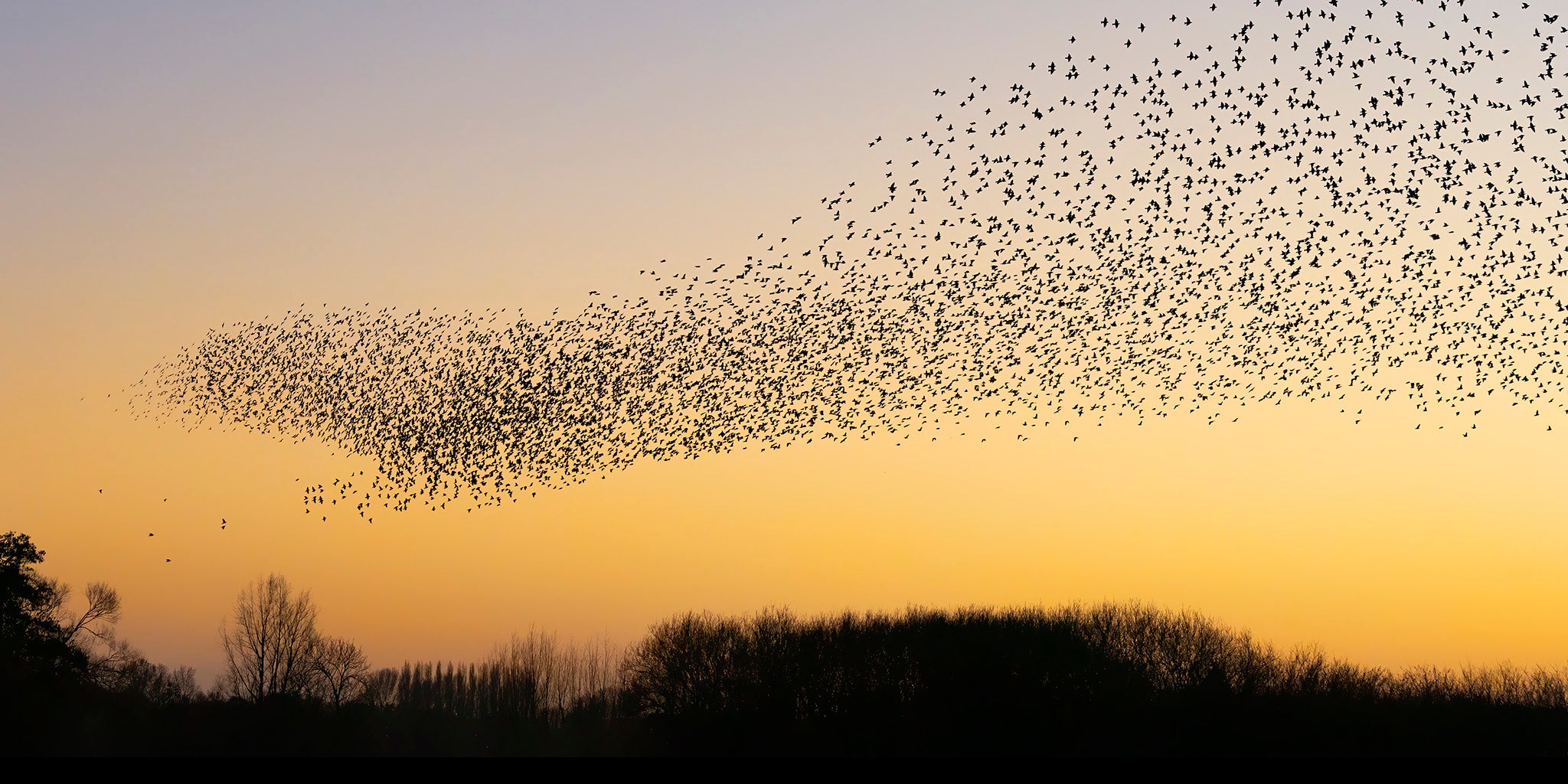Global Phenomenon
Bird migration is a widespread and complex annual phenomenon observed in numerous bird species worldwide. Birds migrate across continents, oceans, and varied habitats in response to seasonal changes and resource availability.
Long-Distance Travelers
Many migratory birds undertake extraordinary journeys, covering thousands of kilometers during migration. Some species, such as the Arctic Tern, have one of the longest migratory routes of any bird, traveling from the Arctic to the Antarctic and back each year.
Navigation Skills
Migratory birds possess remarkable navigational abilities that allow them to find their way across vast distances. Birds use a combination of visual landmarks, celestial cues, geomagnetic fields, and even olfactory cues to guide their migration routes.
Rest Stops
Birds often make stopovers at specific sites along their migration route to rest, refuel, and replenish energy reserves. These stopover sites are crucial for birds to recover from their journey and prepare for the next leg of migration.
Migratory Corridors
Some regions in the world serve as important migratory corridors or flyways, providing essential pathways for birds to travel between breeding and wintering grounds. These routes are critical for the conservation of migratory bird populations.
Seasonal Timing
Migration is typically timed to coincide with changes in daylight, temperature, and food availability. Birds migrate south for the winter to escape harsh conditions and return north in the spring to take advantage of abundant resources for breeding.
Synchronized Movements
In many bird species, migration is a coordinated effort involving multiple individuals or populations moving together. The timing and synchronization of migration are essential for maximizing survival and reproductive success.
Innate Behavior
Migration is an innate behavior encoded in the genetic makeup of migratory birds. Young birds often learn migration routes and destinations from older, experienced individuals in their species.
Adaptations for Migration
Birds have evolved specific adaptations to support their migratory lifestyles, such as increased fat reserves for long flights, efficient use of energy during flight, and specialized physiological mechanisms to cope with the demands of migration.
Geographic Variation
Different populations of the same bird species may exhibit distinct migratory routes and wintering grounds. Some birds follow well-defined migration pathways, while others show flexibility and adaptability in response to environmental changes.
Threats to Migration
Migratory birds face various challenges during their journeys, including habitat loss, climate change, predation, collisions with man-made structures, and the spread of diseases. Conservation efforts are crucial to protect migratory bird populations and their habitats.
Ecological Importance
Bird migration plays a vital role in ecosystem dynamics, as migratory birds transport nutrients, disperse seeds, control insect populations, and contribute to genetic diversity in different regions.


